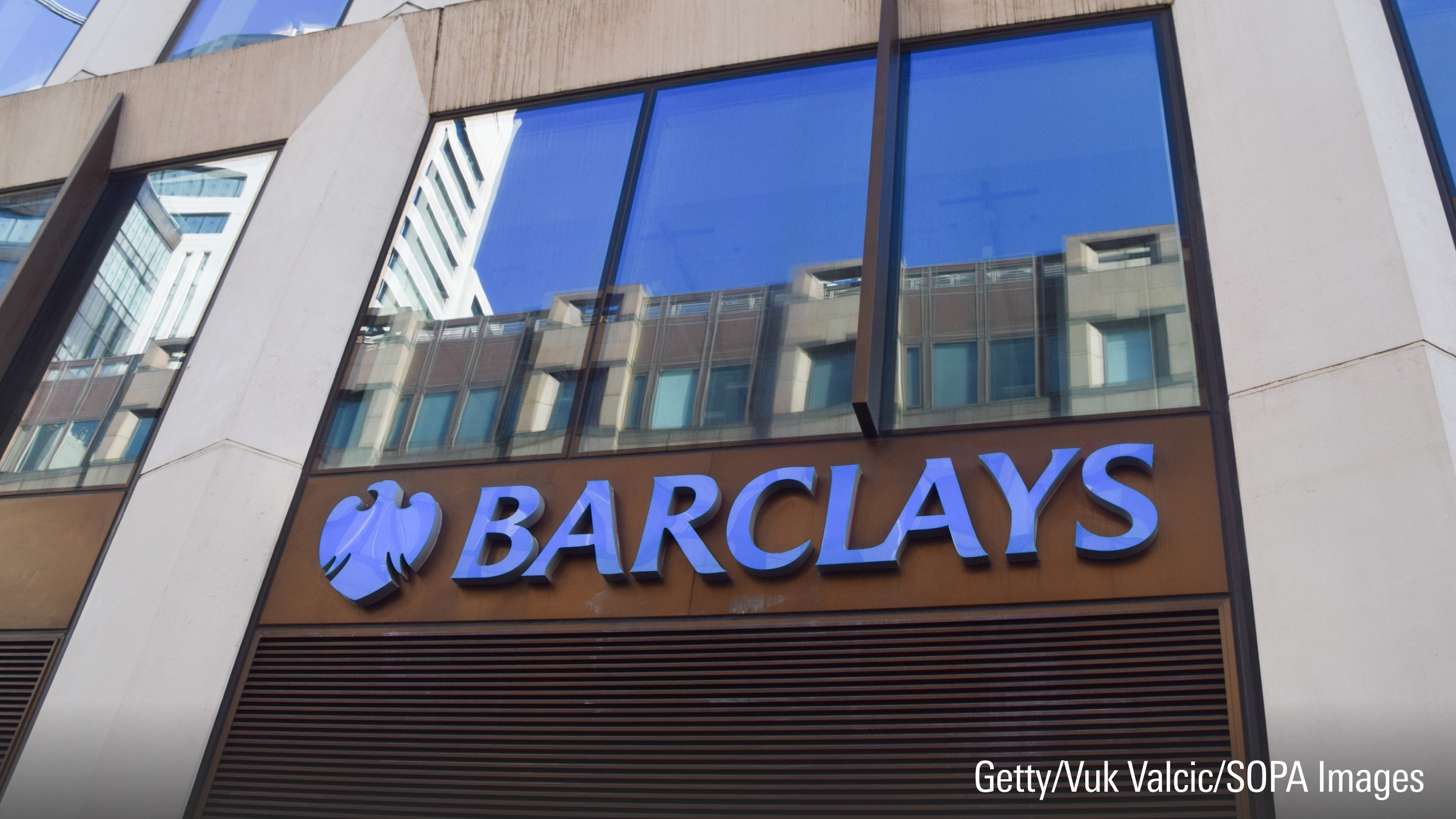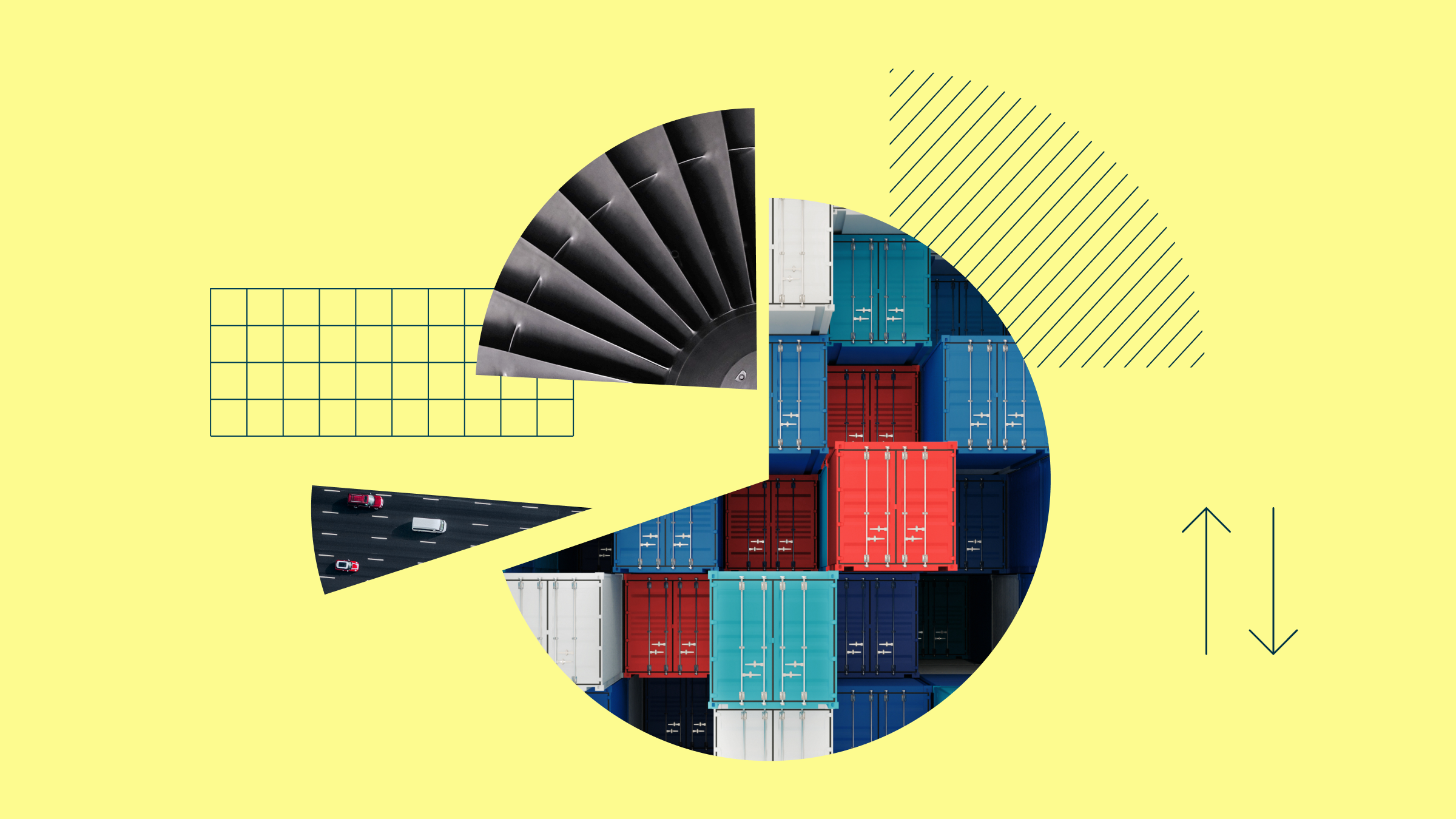Rolle im Portfolio
The iShares MSCI Japan Monthly EUR Hedge ETF provides equity exposure to one of the biggest economies on the globe and could therefore be considered for use as a core component of a well diversified portfolio to gain exposure to the world’s third-largest economy. However, before considering an investment in this ETF--either as core building block or a tactical tool--investors should be aware of existing exposure to Japan through other holdings (for example, Japanese equities comprise nearly 10% of the MSCI World Index) to avoid unintentionally overweighting Japanese shares.
Taking a close look at the track record of the Japanese stock market over the last 20 years, one might wonder whether owning Japanese equities as part of a buy-and-hold strategy would be of any benefit. The MSCI Japan Index lost about 8% of its value over that period, compared to a 255% increase in the MSCI World Index. After the Japanese real estate and stock market meltdown in the 1990s, the Central Bank hesitated to intervene. By the time the Central Bank made a concentrated effort to stimulate the economy, flooding the market with trillions of yen and decreasing interest rates, the economy was already in a deflationary spiral and consumers had lost faith. Low interest rates from there on made the Yen an attractive target for carry traders, helping to strengthen the currency and ultimately hurting exports. However, the stock market rallied since November 2012 while the Yen weakened on the back of a new approach by newly selected Prime Minister Shinzo Abe.
The index is well diversified with little concentration in specific stocks. Its top holding is Toyota representing 7% of its value. The index’s top sector allocation is currently consumer discretionary, representing 22% of the index’s value. Given this high degree of diversification across individual names, the ETF is best used if the investor believes in a broad-based improvement in the Japanese economy as the country moves through a rebuilding period.
In addition, the iShares MSCI Japan Monthly EUR Hedge also incorporates a monthly hedge to reduce the currency risk faced by Euro-wielding investors. Hence, the ETF is also suitable for investors seeking exposure to the Japanese stock market but wanting to avoid direct currency risk.
Fundamentale Analyse
Japan’s stock market has underperformed those of other developed markets for years. However, this has changed since the election last November of a new government headed by Prime Minister Shinzo Abe. After surging 35.2% YTD to end-August in local currency terms, the MSCI Japan NR Index has returned a healthy 18.4% as measured in Euro, despite a weakening Yen. By way of comparison, the S&P 500 Index has risen by 17.3% and the EURO STOXX 50 Index only by 9.0%; both measured in base currency.
The economy has long suffered under deflationary pressure. However, the announcements by Prime Minister Abe to take aggressive steps to weaken the yen, raising the inflation target and introducing structural reforms, including a long-term growth plan focusing on healthcare and women in the workforce as untapped resources seemed to have turned around the economy. Indeed, the latest data have been encouraging, with GDP growth for the quarter ending June revised upwards to an annualised 3.8% from a preliminary reading of 2.6%; marking the third consecutive quarter of growth. The upward revision was primarily driven by stronger capital investment, up by 5.1% (annualised) against expectations for a 0.4% decline. Particularly interesting for what traditionally has been a heavily export-depending economy, 80% of the second quarter GDP growth came from domestic demand. After lagging other developed markets for years, the Japanese economy is now expanding stronger than the US (2.5%) and the Eurozone (1.1%).
Hosting the Olympic Games in 2020 could further support the economy going forward, as more infrastructure spending will be necessary. However, Nomura estimates that construction spending on stadia and other facilities over the next eight years will account for only 0.3% of GDP.
On the flipside, the encouraging GDP performance could lead to an increase of consumption tax – a very controversial topic as some market participants would prefer the government to focus on deflation. PM Abe has announced plans to increase the tax from currently 5% in two steps to 10% by October 2015 to help bring down the country’s huge debt burden. The final decision – expected in Q4 – will be based not only on GDP figures and other economic data but also on the Bank of Japan’s tankan survey in order to determine whether the recovery is strong enough to withstand the tax rise. The International Monetary Fund and the Bank of Japan argue that the tax increase is necessary in light of the ballooning debt burden – already more than twice the country’s GDP and the largest amongst developed countries.
Generally, market participants remain bullish for the remainder of 2013 and beyond. They expect Japanese stocks to remain undervalued and underexposed to international investors, according to the Wall Street Journal. Therefore, a fundamental reweighting by international investors could lead to billions of Euros flooding the Tokyo stock exchange where foreign investors already account for two-thirds of daily trading.
Indexkonstruktion
The MSCI Japan Index includes approximately 320 of the largest stocks of publicly-traded companies based in Japan. Components must meet minimum criteria for liquidity, foreign ownership restrictions, and a waiting period for newly-listed stocks. The securities are weighed by free-float adjusted market capitalisation. Because closely held firms will have a smaller piece of their aggregate market capitalisation floated on public exchanges, the free float adjustment serves to ensure the underlying liquidity of the holdings is superior relative to a pure market capitalisation weighting. The index is reviewed four times a year. The currency hedged version of the index uses rolling one-month forward contracts to hedge the Yen exposure back to Euros. The hedge ratio is set at 100% (fully hedged) at the beginning of each month, and is not adjusted until the beginning of the next month. As of writing, the index is biased towards consumer discretionary (22% of the index’s value), closely followed by financials (21%) and industrials (20%).
Fondskonstruktion
The iShares MSCI Japan Monthly EUR Hedged uses physical replication to track its reference index. The ETF invests in all equities of the index. iShares may engage in securities lending within this fund to generate additional revenues for the fund. The lending revenues generated from this activity are split 60/40 between the fund and the lending agent BlackRock, whereby BlackRock covers the costs involved. To protect the fund from a borrower’s default, BlackRock takes collateral greater than the loan value. Collateral levels vary from 102.5% to 112% of the value of securities on loan, depending on the assets provided by the borrower as collateral. Additional counterparty risk mitigation measures include borrower default indemnification. Specifically, BlackRock commits to replace the securities that a borrower would fail to return. The indemnification arrangement is subject to changes, and in some cases without notice. Finally, BackRock limits the amount of assets that can be lent out by this ETF at 50%.Cash received as dividends from the underlying stocks is held in the fund’s income account until it is distributed to fund holders. Distributions are made on a quarterly basis. This dividend treatment can potentially create a drag on returns in upward trending markets as dividends are not reinvested into the fund. In practice this cuts both ways. It could also result in outperformance if the benchmark falls in the interim period.
Gebühren
The fund levies a total expense ratio of 0.64%, the most expensive ETF tracking Japanese equities. This compares to a TER for the firm’s unhedged MSCI Japan ETF of 0.59%. Other potential costs associated with holding this fund which are not included in the TER include rebalancing costs, bid-ask spreads and brokerage fees.
Alternativen
As of writing, there are many ETFs offering exposure to Japanese equities. However, only RBS offers a similar EUR-hedged exposure. The RBS Market Access TOPIX EUR Hedged ETF uses synthetic replication and levies a TER of 0.50%. Amongst the crop of non-hedged ETFs, the largest alternative in terms of total assets under management is the iShares MSCI Japan Inc. This ETF also uses optimised sampling and levies a total expense ratio of 0.59%. Investors preferring the Nikkei 225 Index as reference index for Japanese stocks can invest in the ComStage ETF Nikkei 225. The fund uses synthetic replication and levies a total expense ratio of 0.45%.
Die in diesem Artikel enthaltenen Informationen dienen ausschließlich zu Bildungs- und Informationszwecken. Sie sind weder als Aufforderung noch als Anreiz zum Kauf oder Verkauf eines Wertpapiers oder Finanzinstruments zu verstehen. Die in diesem Artikel enthaltenen Informationen sollten nicht als alleinige Quelle für Anlageentscheidungen verwendet werden.

















